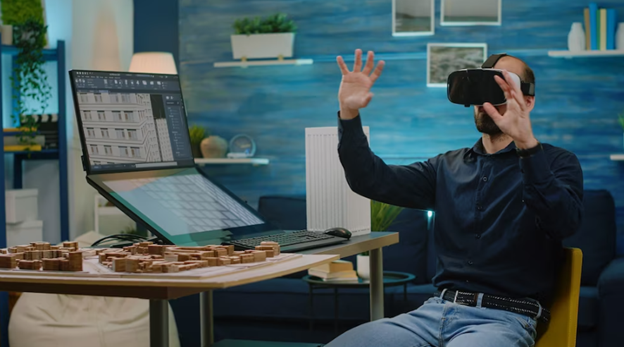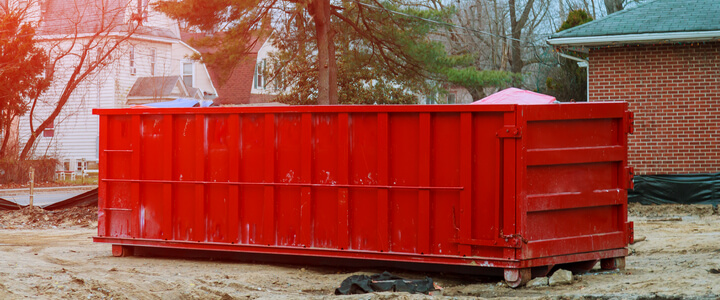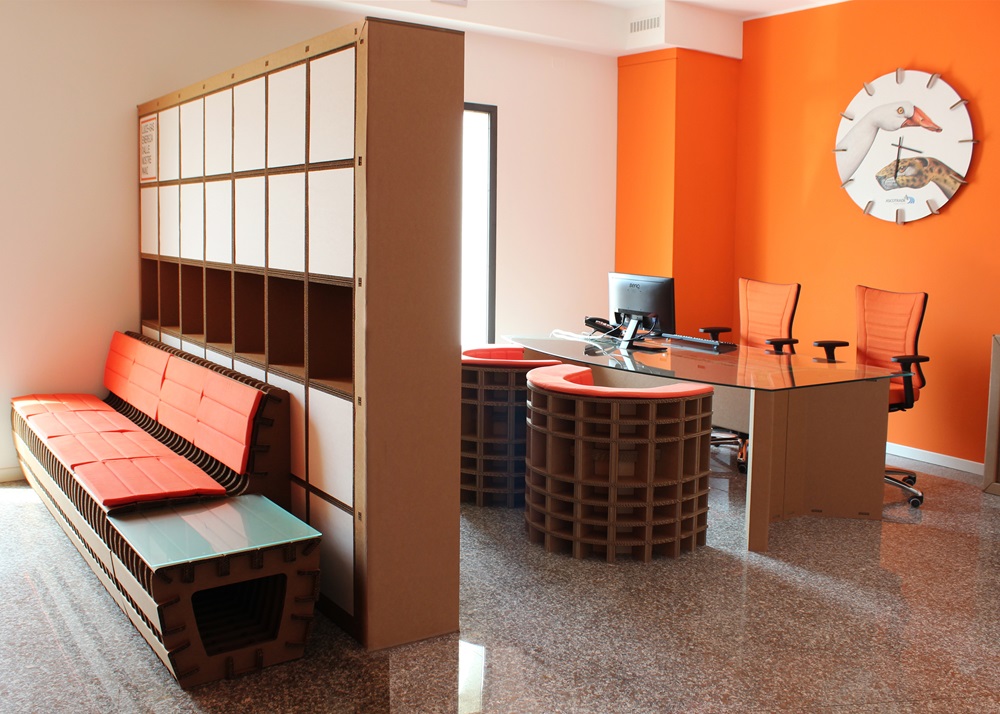Industrial Rendering in Virtual Reality: A New Dimension for Design
Virtual reality industrial rendering is a revolutionary technology that has opened up new possibilities in design and visualization. With virtual reality and high-quality rendering, designers and engineers can explore a new level of immersion and realism in their projects.
One of the main advantages is its ability to create highly detailed and accurate three-dimensional environments. By using virtual models, professionals can visualize with great accuracy what a product or space will look like before it is built. This allows adjustments and improvements to be made early in the design process, saving time and costs. It also provides the ability to experiment and explore designs interactively. Users can move freely within the virtual environment, change perspectives and evaluate the ergonomics and functionality of products. This facilitates the detection of possible problems or necessary improvements before production.
It is also a valuable communication and collaboration tool. Design teams can share their models and visualizations with customers and colleagues, facilitating mutual understanding and decision-making. The ability to engage stakeholders in a shared virtual environment fosters effective communication and reduces language and understanding barriers.

The evolution of industrial design: How virtual reality rendering is changing the game
The evolution of industrial design has taken a revolutionary turn. This emerging technology has completely changed the game by allowing designers to immerse themselves in interactive virtual environments and visualize their creations in a more realistic way than ever before.
Industrial 3D render in virtual reality allows industrial designers to explore and experiment with their designs in an immersive three-dimensional environment. Through virtual reality devices such as goggles or headsets, designers can walk around virtual models, examine them from different angles and get a more accurate perception of their proportions, textures and details.
This technology provides an immersive visual experience and enables direct interaction with the designs. Designers can manipulate virtual objects, test different materials, change colours and make adjustments in real-time. This streamlines the design process by eliminating the need for costly and time-consuming physical prototyping. It also fosters collaboration and effective communication in industrial design. Design teams can meet in a shared virtual environment, where each member can view and comment on models in real time.
This facilitates fast and accurate feedback, as well as informed decision-making.
Why does rendering help reduce carbon footprint?
Rendering plays a key role in reducing the carbon footprint in a variety of industries. By using rendering techniques instead of physical manufacturing and prototyping processes, significant environmental benefits can be achieved.
Virtual images and models
Rendering enables the creation of detailed and realistic virtual images and models. This eliminates the need to manufacture physical prototypes early in the design process, reducing the materials used and waste generated. By avoiding the production of multiple physical iterations, valuable resources are saved, and the environmental impact associated with manufacturing is minimized.
Virtual simulation and testing of products and designs.
This means that different scenarios and conditions can be evaluated without the need to create physical prototypes, again reducing resource consumption and waste generation. By optimizing designs virtually before physical production, costly errors are avoided and rework is minimized, which in turn reduces energy consumption and waste generated.
Real-time collaboration
Design teams can share models and visualizations in virtual environments, avoiding the need to travel or ship physical products. This reduces the carbon emissions associated with travel and transportation of goods.
The future of architecture in line with an environmentally responsible world
The future of architecture is envisioned as a discipline in tune with an environmentally responsible world. As awareness of the climate crisis and the need to reduce our ecological footprint increases, architects are adopting sustainable approaches and seeking solutions that minimize the environmental impact of buildings.
One of the significant trends in sustainable architectural design is the incorporation of eco-efficient elements and systems in construction. This includes using environmentally friendly and recyclable materials, such as certified wood and low-carbon building products. In addition, energy efficiency is promoted through the use of renewable sources, such as solar panels and rainwater harvesting systems.
Another critical aspect is the integration of bioclimatic design, which takes advantage of climatic and geographic conditions to maximize comfort and minimize energy consumption. This involves the orientation of buildings to take advantage of sunlight and natural ventilation, as well as the design of green spaces and shaded areas that reduce the need for artificial air conditioning systems.
Conclusion
In conclusion, the future of architecture lies in aligning with a world that is responsible towards the environment. Architects are embracing sustainable practices and integrating eco-friendly elements to reduce the ecological footprint of buildings. The use of virtual reality industrial rendering plays a crucial role in this endeavor, offering designers the ability to visualize and optimize designs in a realistic virtual environment.
By reducing the reliance on physical prototyping and enabling virtual simulations, rendering helps to minimize resource consumption, waste generation, and energy consumption. Additionally, the collaborative nature of virtual reality rendering fosters effective communication and reduces the need for travel, thereby decreasing carbon emissions associated with transportation.
As the architectural industry continues to embrace sustainable practices and leverage the power of virtual reality rendering, we can look forward to a future where buildings are not only aesthetically pleasing but also environmentally responsible, contributing to a more sustainable and resilient world.



















